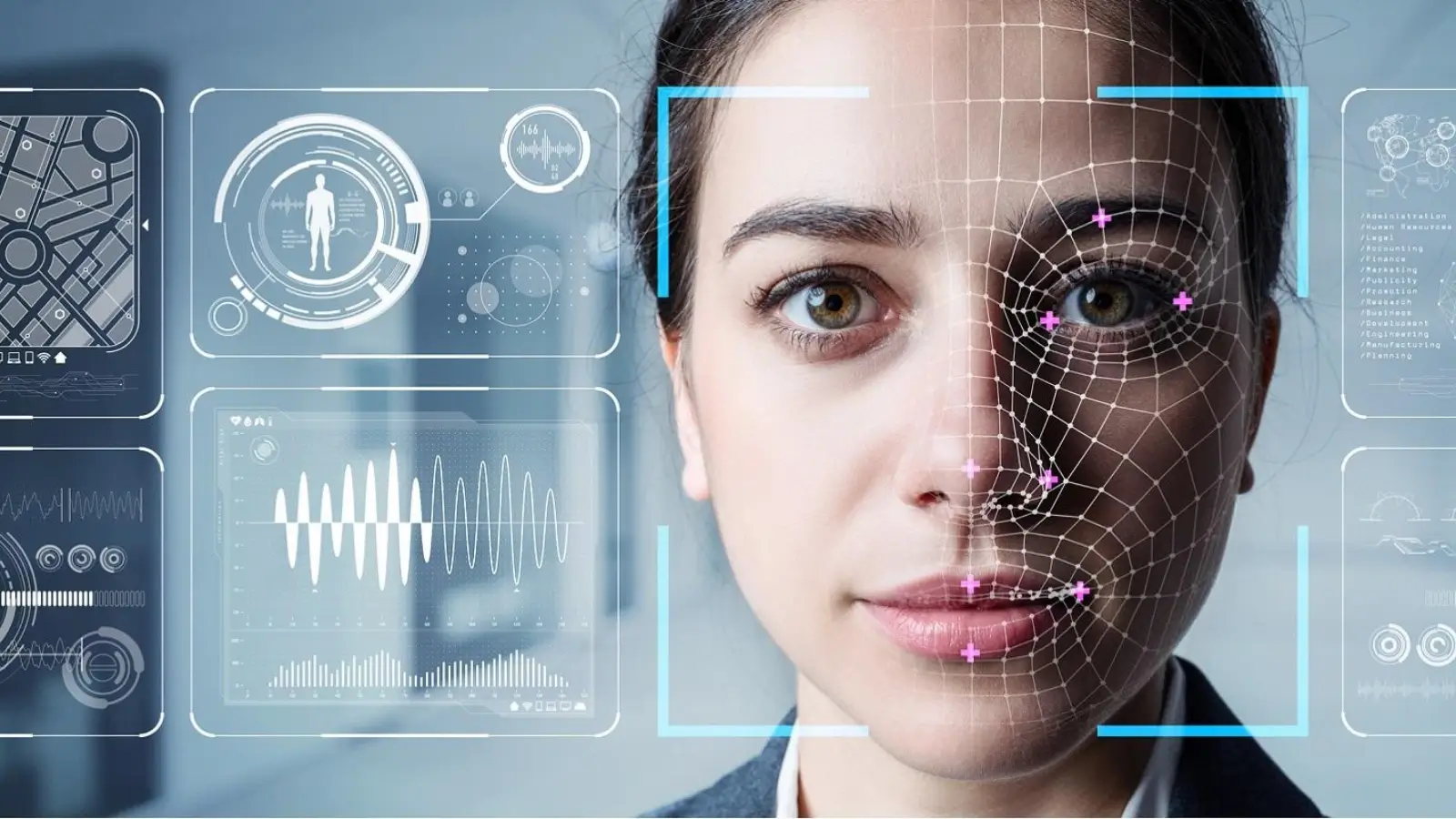


The rise of digital services has made identity verification more critical than ever. From opening a bank account online to accessing government services, proving one’s identity is the foundation of trust in the digital age. However, traditional verification methods are often slow, manual, and prone to errors.
This is where E-IDV (Electronic Identity Verification) steps in. Powered by automation, E-IDV ensures that businesses can verify customers quickly and accurately while maintaining compliance and security. One of its most powerful components is automated identity proofing, which helps organizations strike the right balance between user experience and fraud prevention.
E-IDV refers to the use of digital tools and technologies to confirm an individual’s identity remotely. Unlike manual processes, E-IDV leverages AI, biometrics, OCR, and global databases to verify identities in real time.
Industries that benefit from E-IDV include:
Automated identity proofing ensures these industries can reduce risk while providing seamless customer experiences.
Automated identity proofing combines several technologies to establish trust in real time:
The automation of these steps reduces human error while speeding up the process.
Automation ensures that suspicious activities, such as fake documents or duplicate identities, are flagged instantly. Fraudsters find it increasingly difficult to bypass E-IDV systems compared to manual verification.
With growing regulatory frameworks like AML, GDPR, and FATF standards, businesses must prove they know their customers. Automated E-IDV helps ensure compliance through continuous monitoring and audit trails.
Long onboarding processes can cause users to abandon sign-ups. With automated proofing, identity verification can be completed in seconds, leading to higher customer satisfaction and conversion rates.
Automated systems can handle thousands of verifications simultaneously, making them ideal for businesses with global customers. Whether you’re onboarding users in Europe, Asia, or the Middle East, E-IDV ensures consistency and accuracy.
By reducing the need for manual checks, businesses save time and operational costs. At the same time, they avoid costly penalties for compliance breaches or fraud losses.
While E-IDV provides significant advantages, organizations must also navigate:
Selecting the right provider ensures these challenges are managed effectively.
Looking ahead, E-IDV will become even more sophisticated with advancements in:
The future is one where digital identity verification becomes seamless, secure, and universally accepted.
Fraud prevention and customer trust are no longer optional they are critical to business success. Automated identity proofing within E-IDV solutions ensures faster, safer, and more reliable verification, helping organizations stay ahead of fraudsters while keeping customers satisfied.
By adopting advanced E-IDV systems, businesses can build stronger compliance frameworks, protect sensitive data, and unlock global growth opportunities.
A: Automated proofing leverages AI and biometrics to deliver faster, more accurate results, reducing the risk of human error.
A: No, E-IDV is widely used across industries like healthcare, telecom, travel, and e-commerce.
A: Yes, provided businesses partner with vendors who prioritize encryption, compliance, and data privacy standards.